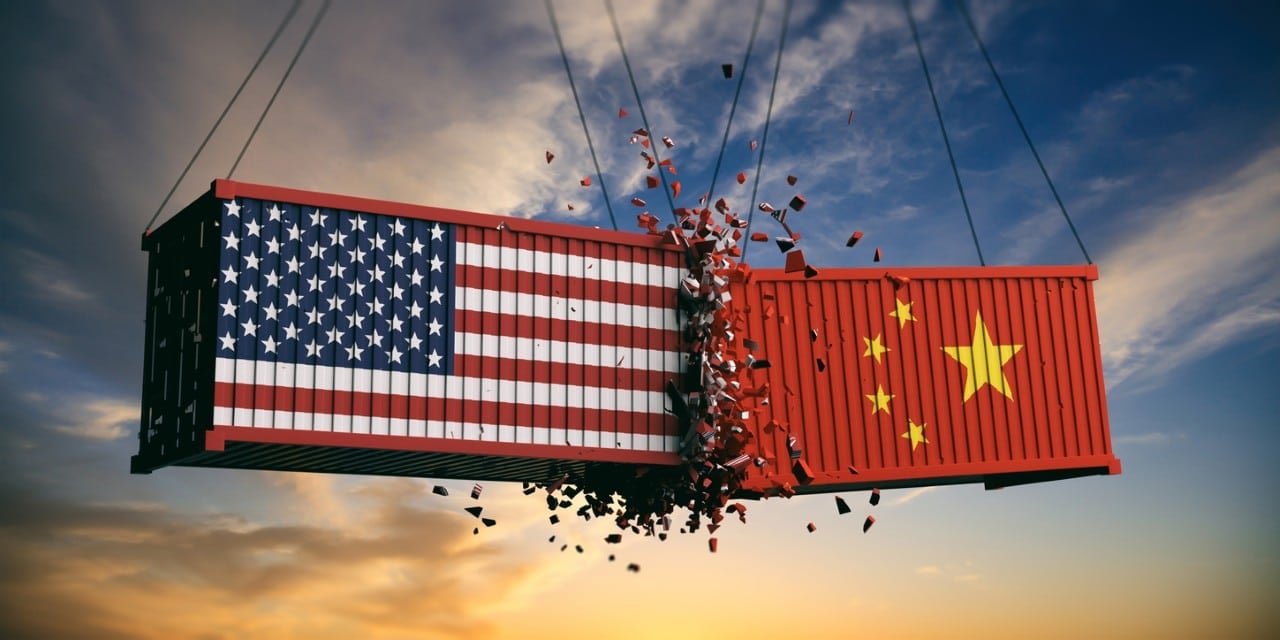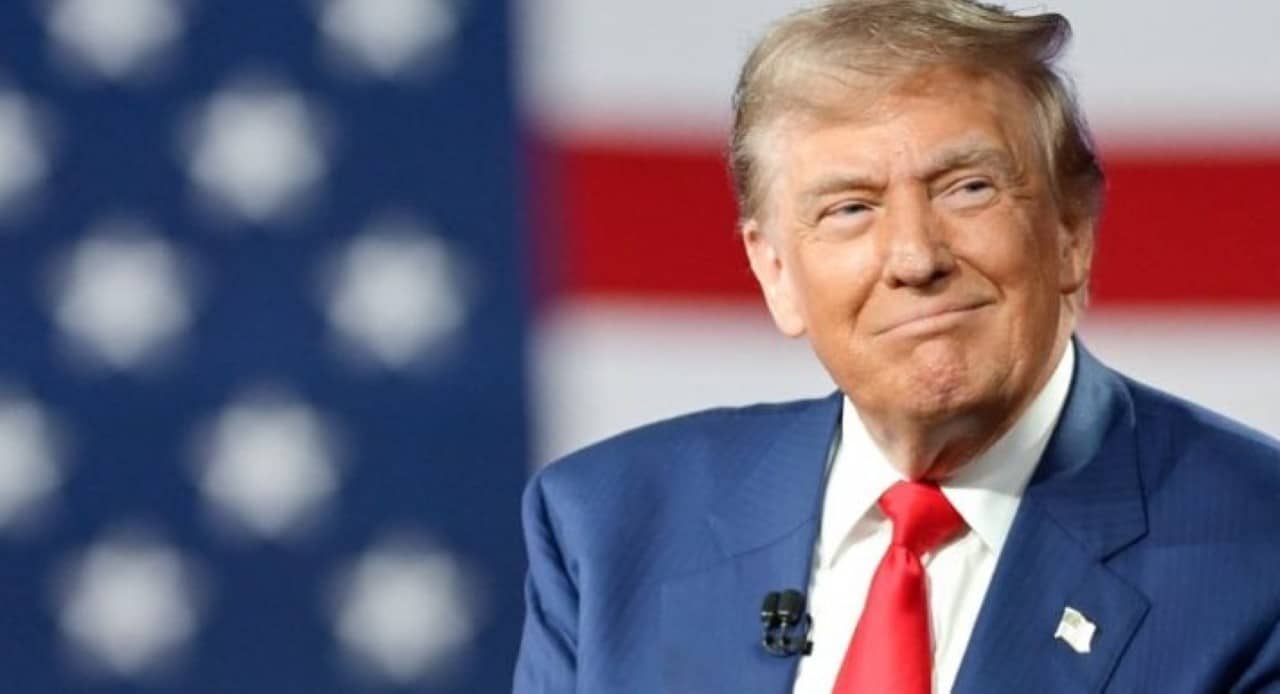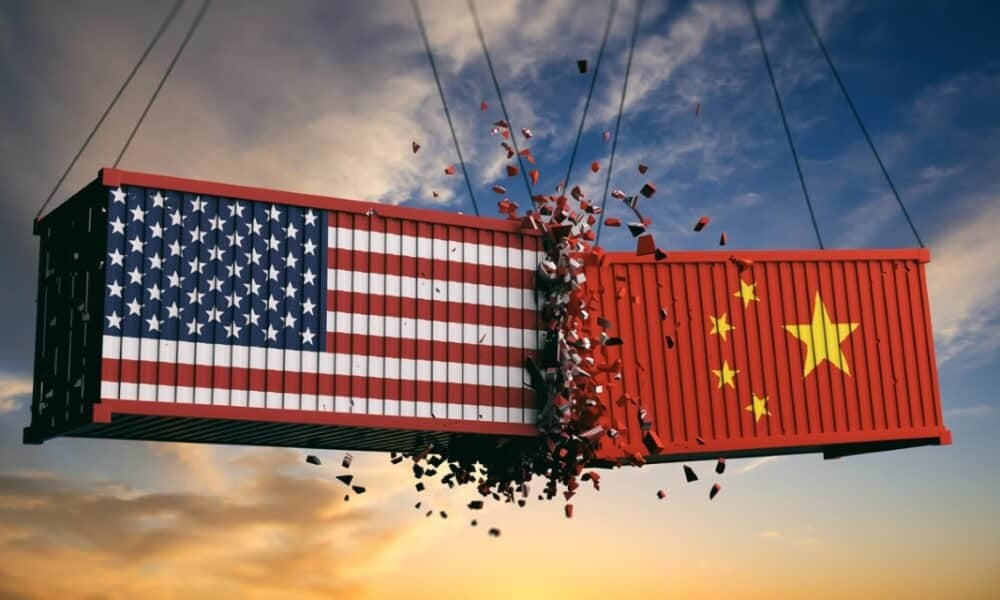
Negotiations between the United States and China have culminated in a temporary agreement that promises to ease global trade tensions. During a meeting in Geneva, Switzerland, representatives from both nations agreed to reduce import tariffs for 90 days, a move that surprised analysts and boosted financial markets. The decision, announced in the early hours of May 12, 2025, reflects a push for balanced bilateral trade after weeks of escalating tariffs that threatened global supply chains.
The agreement includes significant changes to applied rates. US tariffs on Chinese goods will fall from 145% to 30%, while Chinese tariffs on American imports will drop from 125% to 10%. Implementation is expected by May 14, though the exact date remains unconfirmed.
This truce marks an effort to avert an economic collapse. The temporary agreement, according to officials, paves the way for future talks focusing on strategic sectors like semiconductors and pharmaceuticals. Below are key points from the announcement:
- Immediate tariff reductions starting May 14.
- Talks for a broader trade deal in the coming weeks.
- Emphasis on critical supply chain sectors.
- Boost to global financial market recovery.
The decision comes at a critical time, following months of tensions that rattled stock markets and production chains. The tariff war, intensified in April 2025, raised fears of a global recession, with direct impacts on industries reliant on Chinese and American inputs.
Temporary relief in global trade
The Geneva agreement brought a sigh of relief to economies worldwide. The high tariffs, reaching 145% in the US and 125% in China, had triggered uncertainty, raising production costs and disrupting supply chains. The reduction to 30% and 10%, respectively, is seen as a step toward stabilizing bilateral trade.
During negotiations, US Treasury Secretary Scott Bessent emphasized the importance of balanced trade. He stated that both nations sought to represent their national interests, avoiding an economic “decoupling” with potentially devastating consequences. China, meanwhile, signaled willingness to continue dialogue, with representatives stressing the need for cooperation.
The 90-day truce does not resolve all trade disputes but provides a period of calm. Sectors like technology, agriculture, and manufacturing, hit hard by tariff hikes, now await outcomes from future talks.
Immediate market reactions
The agreement’s announcement quickly reverberated across financial markets. Stock exchanges in Asia, Europe, and the Americas saw significant gains on the morning of May 12. The Dow Jones index, for instance, rose 3.2% in early trading, while China’s Shanghai Composite climbed 2.8%.
The US dollar also strengthened against currencies like the euro and yuan, reflecting renewed investor confidence. Analysts note that the tariff cuts reduce the risk of a global recession, at least in the short term. Below are some observed reactions:
- 3.2% rise in the Dow Jones and 2.8% in the Shanghai Composite.
- 1.5% dollar appreciation against the yuan.
- Recovery in tech and manufacturing stocks.
- Drop in prices of tariff-impacted commodities like steel.
Companies reliant on Chinese imports, such as automakers and electronics manufacturers, are recalculating costs. The expectation is that consumer goods prices, which rose in recent months, may stabilize soon.

History of tariff tensions
The US-China trade war escalated in April 2025 when President Donald Trump announced 34% tariffs on Chinese goods, added to the existing 20%. The move aimed to reduce the US trade deficit but sparked immediate retaliation. On April 4, China imposed additional 34% tariffs on American imports.
The escalation continued with Trump raising rates to 104% on April 8 after China refused to back down. The next day, China increased its tariffs to 84%, matching the US pace. On April 10, the US applied a total rate of 145%, while China responded with 125% on April 11.
This tit-for-tat tariff hike created uncertainty, impacting global industries. Products like semiconductors, steel, and grains faced price volatility, while consumers bore higher costs. The Geneva agreement, though temporary, halts this spiral of retaliation.
Hardest-hit sectors
The high tariffs affected multiple sectors, particularly technology, agriculture, and manufacturing. In the US, electronics firms struggled to import Chinese components, while farmers faced declining soybean and corn exports to China. In China, industries reliant on American inputs, like aviation and pharmaceuticals, were also hit.
With the tariff reduction, these sectors anticipate gradual recovery. Below are some key impacts observed:
- Technology: 15% rise in semiconductor costs.
- Agriculture: 20% drop in US soybean exports.
- Manufacturing: 12% increase in imported steel prices.
- Pharmaceuticals: delays in generic drug production.
The 90-day truce offers a window for companies to reorganize supply chains. However, the lack of a detailed sectoral agreement keeps uncertainties alive.
Future negotiations
The tariff reduction is an initial step but does not address structural trade issues. Scott Bessent, during the Geneva announcement, noted that the US will focus on rebalancing supply chains in strategic sectors like pharmaceuticals and semiconductors. China, meanwhile, aims to maintain its global manufacturing leadership.
The next rounds of talks, expected in the coming weeks, will tackle issues like intellectual property, state subsidies, and market access. Representatives from both nations plan to discuss a broader trade deal, though no timeline has been released.
Businesses and governments are closely monitoring these talks, as their outcomes will shape global trade for years. The current truce, while welcome, is seen as a stopgap until a more robust agreement is reached.
Supply chain effects
The high tariffs of April and May 2025 caused significant disruptions in global supply chains. US companies like Apple and Tesla faced production delays and cost increases due to reliance on Chinese components. In China, aviation and pharmaceutical industries struggled with shortages of American inputs.
The tariff reduction should ease these pressures, but full recovery will take time. Manufacturers are adjusting strategies, seeking alternative suppliers in countries like Vietnam and India. Still, China remains a central manufacturing hub, and interdependence between the two economies persists.
Other countries’ responses
The US-China tariff war also impacted other nations. Countries like Japan, South Korea, and Germany, reliant on global supply chains, faced higher production costs. The Geneva truce was welcomed by these governments, which feared a global recession.
In Japan, the Nikkei index rose 2.5% after the announcement, while Germany’s Frankfurt exchange gained 2.1%. European leaders, in particular, expressed relief, as the EU imports large volumes of Chinese and American goods. Below are some international reactions:
- Japan: 2.5% rise in the Nikkei index.
- Germany: 2.1% advance in the Frankfurt exchange.
- South Korea: 1.8% gain in the Kospi index.
- Australia: recovery in commodity prices like iron ore.
These nations now monitor future talks, hoping a broader deal prevents further tariff escalations.
Consumer outlook
The tariff reduction should bring relief to consumers in the US and China. In recent months, prices for goods like electronics, clothing, and food rose due to higher import costs. With the 90-day truce, retailers expect to stabilize prices, particularly in technology and apparel.
In the US, smartphone prices rose 8% since April, while in China, imported goods like American beef became 12% more expensive. The tariff cuts may reverse some of these increases, though effects will take weeks to reach consumers.
Preparations for further talks
US and Chinese delegations are already planning new meetings to discuss a detailed trade agreement. While no exact date has been announced, sources suggest talks may occur in June 2025. These discussions will address issues like trade barriers, subsidies, and data protection, which remain points of contention.
Meanwhile, businesses and governments adjust strategies. In the US, the Trump administration continues pushing to reduce reliance on Chinese inputs, while China seeks to diversify export markets. The outcome of these talks will shape global trade for years.





